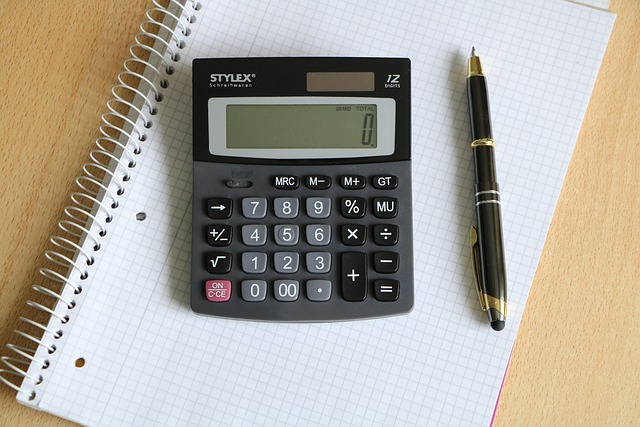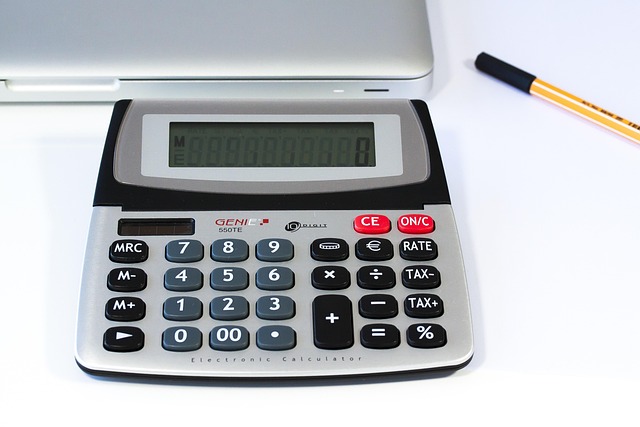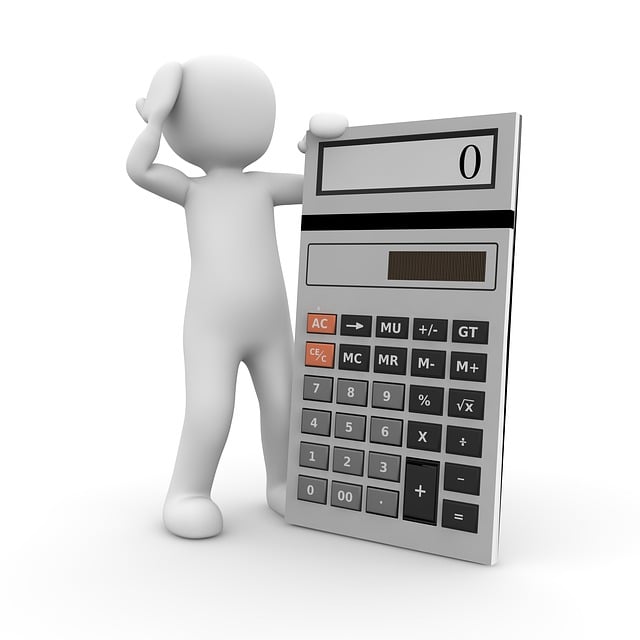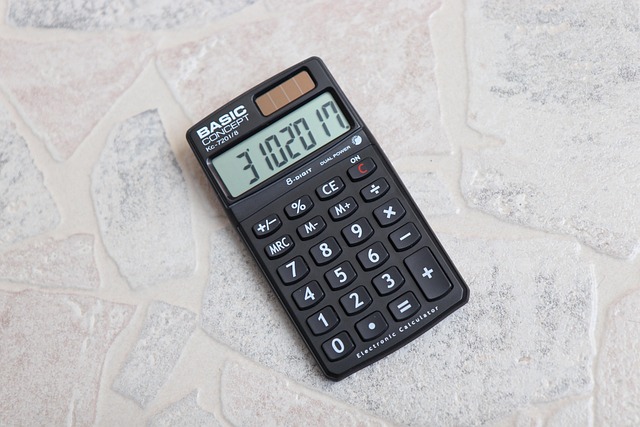How to Calculate Volume in Liters from Cm: Step-by-Step Guide
Author: Jameson Richman Expert
Published On: 2025-11-01
Prepared by Jameson Richman and our team of experts with over a decade of experience in cryptocurrency and digital asset analysis. Learn more about us.
How to calculate volume in liters from cm is a common question for students, DIYers, cooks, engineers, and hobbyists who need accurate volume measurements. This comprehensive guide explains the conversion principles, formulas for common shapes (cube, cylinder, sphere, cone, and rectangular prism), methods for irregular objects, practical examples, and tips for precision — all designed to help you convert cubic centimeters (cm³) to liters quickly and reliably.

Overview: Why the distinction between cm and liters matters
First, a crucial clarification: linear measurements in centimeters (cm) are not the same as volume measurements. Volume uses cubic units (cm³) — the space occupied by a 3-dimensional object. One liter (L) is defined as exactly 1,000 cubic centimeters (1 L = 1,000 cm³). So when someone asks "how to calculate volume in liters from cm," the correct process is to:
- Find the volume of the object in cubic centimeters (cm³) using appropriate geometric formulas or measurement methods.
- Convert that cubic-centimeter value to liters by dividing by 1,000.
Below you’ll find step-by-step instructions, formulas, real-world examples, practice problems, tips on measurement accuracy, and relevant external resources for deeper reading.
Key conversion fact
1 liter = 1,000 cubic centimeters (1 L = 1,000 cm³)
Therefore:
- Volume (L) = Volume (cm³) ÷ 1,000
- Volume (cm³) = Volume (L) × 1,000
Basic formulas for common shapes (with examples)
To convert from cm to liters, you must first compute the volume in cubic centimeters. Here are the formulas and worked examples.
1. Rectangular prism (box)
Formula: Volume = length × width × height
Units: If length, width, height are in centimeters, the volume will be in cubic centimeters (cm³).
Example: A box is 30 cm long, 20 cm wide, and 15 cm high.
Volume = 30 × 20 × 15 = 9,000 cm³ → in liters: 9,000 ÷ 1,000 = 9 L
2. Cube
Formula: Volume = side³
Example: A cube with side length 10 cm.
Volume = 10³ = 1,000 cm³ → in liters: 1,000 ÷ 1,000 = 1 L
3. Cylinder
Formula: Volume = π × radius² × height (V = πr²h)
Note: If diameter is given, radius = diameter ÷ 2.
Example: A cylinder with radius 5 cm and height 20 cm.
Volume = π × 5² × 20 = π × 25 × 20 = 500π ≈ 1,570.8 cm³ → in liters: ≈ 1.5708 L
4. Sphere
Formula: Volume = (4/3) × π × radius³ (V = 4/3 π r³)
Example: Sphere with radius 6 cm.
Volume = (4/3)π × 6³ = (4/3)π × 216 = 288π ≈ 904.78 cm³ → in liters: ≈ 0.9048 L
5. Cone (right circular cone)
Formula: Volume = (1/3) × π × radius² × height
Example: Cone with radius 4 cm and height 12 cm.
Volume = (1/3)π × 4² × 12 = (1/3)π × 16 × 12 = 64π ≈ 201.06 cm³ → in liters: ≈ 0.2011 L

Step-by-step method for "how to calculate volume in liters from cm"
- Identify the object’s shape. Use the right geometric formula (cube, cylinder, sphere, etc.).
- Measure linear dimensions in centimeters. Ensure accuracy: use calipers for small objects, tape measure for larger items.
- Compute volume in cubic centimeters (cm³). Use the formulas above.
- Convert to liters by dividing by 1,000. V(L) = V(cm³) ÷ 1000.
- Round appropriately. Report answer with suitable significant figures depending on measurement precision.
Practical examples and solutions
Example 1: Homemade aquarium water volume
Dimensions: 80 cm long × 30 cm wide × 40 cm high. You plan to fill it 90%.
Full volume = 80 × 30 × 40 = 96,000 cm³ → Full = 96 L
Filled to 90%: 96 L × 0.9 = 86.4 L
Example 2: Measuring a jar (cylinder)
Jar diameter = 10 cm, height = 18 cm. Calculate liters.
Radius = 10 ÷ 2 = 5 cm
Volume = π × 5² × 18 ≈ π × 25 × 18 = 450π ≈ 1,413.72 cm³ → ≈ 1.414 L
Example 3: Irregular rock using water displacement
Fill a graduated cylinder with 200.0 mL water. Drop the rock; new reading 346.5 mL.
Volume of rock = 346.5 − 200.0 = 146.5 mL = 146.5 cm³ → in liters: 0.1465 L
Note: 1 mL = 1 cm³.
Converting other units to liters
Sometimes you’ll have measurements in millimeters (mm), meters (m), or cubic meters (m³). Here are common conversions you need:
- 1 cm = 10 mm → when converting linear dimensions, convert to cm before computing cubic values.
- 1 m = 100 cm
- 1 m³ = 1,000 L (because 1 m³ = 1,000,000 cm³ and 1 L = 1,000 cm³)
- 1 mL = 1 cm³
Example: A box 0.5 m × 0.2 m × 0.1 m:
Convert to cm: 50 cm × 20 cm × 10 cm = 10,000 cm³ → 10 L

Common mistakes and how to avoid them
- Using cm instead of cm³: Remember linear vs. cubic units. If you only have cm (length), you cannot get liters until you compute cubic units from three dimensions.
- Rounding too early: Keep extra precision in intermediate steps to avoid cumulative rounding error; round the final answer appropriately.
- Wrong formula for shape: Confirm the object’s geometry (e.g., hollow vs. solid) and use the correct formula or subtract inner volumes for hollow objects.
- Ignoring units: Ensure all measurements are in cm before calculating cm³, or convert units consistently.
- Neglecting wall thickness: For containers, subtract the volume occupied by walls if estimating internal capacity.
How to calculate volume in liters from cm for complex shapes
Complex objects can be broken down into simpler shapes (prisms, cylinders, cones). Calculate each part’s volume in cm³ then sum them. For hollow or composite objects, subtract inner volumes from outer volumes.
Example: A candle shaped like a cylinder with a conical top. Compute cylinder volume and cone volume separately, add them, then convert to liters.
Measurement tools and precision tips
- Ruler or tape measure — for approximate sizes (±1–5 mm).
- Vernier calipers or digital calipers — for small objects (precision ±0.01 mm to ±0.1 mm).
- Graduated cylinder or volumetric flask — for water displacement or direct liquid measurements (mL/cm³).
- Micrometer — for very small precision parts.
Tip: Always note the measurement uncertainty and report the final liter volume with matching significant figures (for example, 1.41 L if precision supports two decimal places).

Practical uses: Where this conversion matters
- Cooking and recipes (measuring liquids)
- Aquarium sizing and water treatments
- Fuel tanks and storage containers
- Science labs (measuring volumes of solids and liquids)
- Shipping and packaging (cubic capacity)
- Manufacturing and engineering (material volume & weight estimates)
Practice problems (with answers)
- Find the liters of a cylinder with diameter 12 cm and height 25 cm.
- A rectangular container measures 120 cm × 45 cm × 30 cm. How many liters can it hold?
- A sphere has a diameter of 14 cm. What is the volume in liters?
- An irregular object displaces water from 350 mL to 512 mL. What is its volume in liters?
Answers:
- Radius = 6 cm. V = π × 6² × 25 = π × 36 × 25 = 900π ≈ 2,827.43 cm³ → 2.827 L
- V = 120 × 45 × 30 = 162,000 cm³ → 162 L
- Radius = 7 cm. V = (4/3)π × 7³ = (4/3)π × 343 ≈ 1,436.76 cm³ → 1.437 L
- Volume = 512 − 350 = 162 mL = 162 cm³ → 0.162 L
Advanced considerations: temperature, density and mass
Volume measured in liters may change slightly with temperature for liquids and gases due to thermal expansion. For most everyday applications (kitchen, aquarium), these changes are negligible. In precision lab or industrial settings, correct for temperature (e.g., specify volume at 4°C for water if required).
If you know mass and density, you can compute volume:
Volume = mass ÷ density
For example: 500 g of water (density ≈ 1 g/cm³) → Volume = 500 g ÷ 1 g/cm³ = 500 cm³ = 0.5 L

Quick reference cheat-sheet
- 1 L = 1,000 cm³
- 1 mL = 1 cm³
- 1 m³ = 1,000 L
- V(L) = V(cm³) ÷ 1000
- To find cm³: use geometric formulas with measurements in cm.
Useful external references
For further study on units and volume, consult high-authority resources such as the Wikipedia pages on volume and litre:
For scientific unit standards and conversions, visit National Institute of Standards and Technology (NIST): NIST official site.
Related reading and resources
If you’re also interested in topics that pair well with measurement and quantitative reasoning (for example, tracking volumes of liquid investments or automated systems), you might find these additional articles helpful:
- BTC Price USD Prediction 2026: In-Depth Market Analysis & Expert Insights
- Can You Trade on TradingView Mobile App? Ultimate Mobile Trading Guide
- BTC Live Price Now: Real-Time Data & Trading Strategies
- Crypto Trading Bot AI: Smart Automation for Consistent Gains

Tools and calculators
If you prefer automated tools, many online calculators convert cm³ to liters. Search for “cm³ to L converter” or use engineering calculators included in educational sites. For hands-on measurement, smartphone apps can assist with calculations, and digital calipers often include unit conversion functions.
When people ask “how to calculate volume in liters from cm” — quick checklist
- Are your measurements in centimeters? If not, convert them.
- Are you using the correct geometric formula for the object’s shape?
- Did you compute cm³ before converting to liters?
- Divide the cm³ result by 1,000 to get liters.
- Report appropriate precision based on measurement tool accuracy.
Frequently asked questions (FAQ)
Q: Can I convert a single measurement in cm directly to liters?
A: No. A single linear measurement (cm) does not define a volume. You need three dimensions (or a formula for a 3D shape) to compute cm³, then convert to liters.
Q: Is 1 cm³ exactly 1 mL?
A: Yes. By definition, 1 cubic centimeter (1 cm³) equals 1 milliliter (1 mL).
Q: Do I need to account for container thickness?
A: Yes — if you need the internal capacity (how much liquid it can hold), measure internal dimensions or subtract wall volume from external volume.
Q: Why do some liter values have many decimals?
A: Because shape geometry (π, fractional formulas) and precise dimensions produce non-integer results. Round based on measurement precision.

Summary
Understanding how to calculate volume in liters from cm is straightforward: compute volume in cubic centimeters using the right geometric formula or measurement method, then divide by 1,000 to convert to liters. Whether you’re measuring a tank, cooking, or doing lab work, consistent units and careful measurement are key. Use calipers, graduated cylinders, or water displacement for irregular objects, and remember unit conversions like 1 mL = 1 cm³ and 1 L = 1,000 cm³.
Further actionable resources and sign-up links
If you work with data or financial tools and want to explore related platforms for trading or automation, here are some sign-up links and platforms you may find useful (always do your due diligence and read terms carefully):
For more technical reading or market-related content, see the resources listed above from Crypto Trade Signals and trusted knowledge bases.
If you need help with a specific object’s measurements, give the dimensions (in cm) and its shape, and I’ll walk you through the calculation step-by-step.